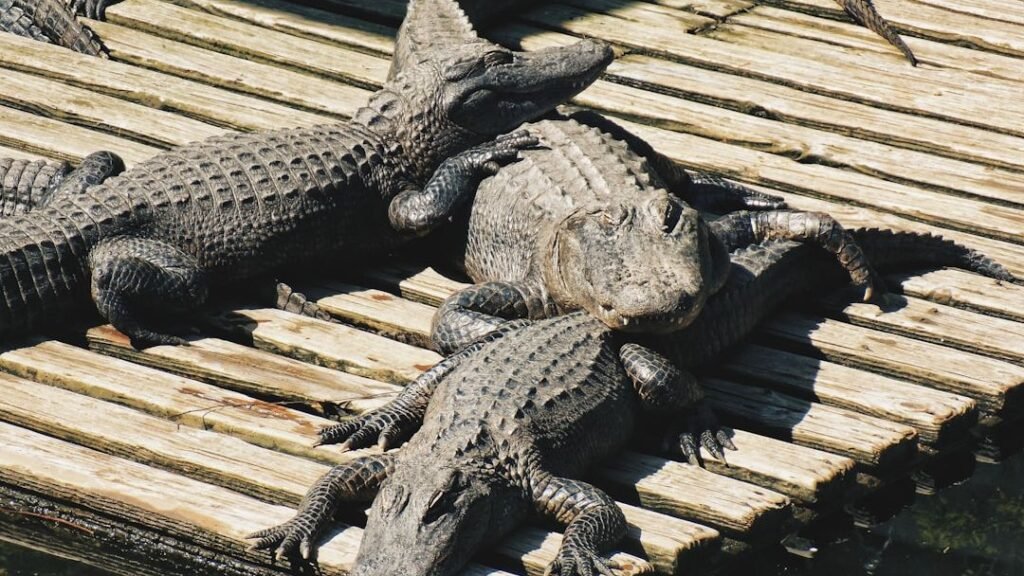Standing safely above calm waters while watching prehistoric predators glide beneath your feet feels like stepping into another world. America’s elevated boardwalks transform alligator encounters from dangerous gambles into educational adventures, letting you observe these ancient reptiles in their natural habitats without risking a tooth-filled confrontation.
The science behind safe alligator viewing is fascinating and surprisingly complex. While popular culture portrays these creatures as mindless killers, research reveals intricate social behaviors and remarkable adaptations that have kept them thriving for millions of years. Understanding their behavior patterns makes boardwalk viewing both safer and more rewarding for wildlife enthusiasts across the nation.
Anhinga Trail Boardwalk – Everglades National Park, Florida
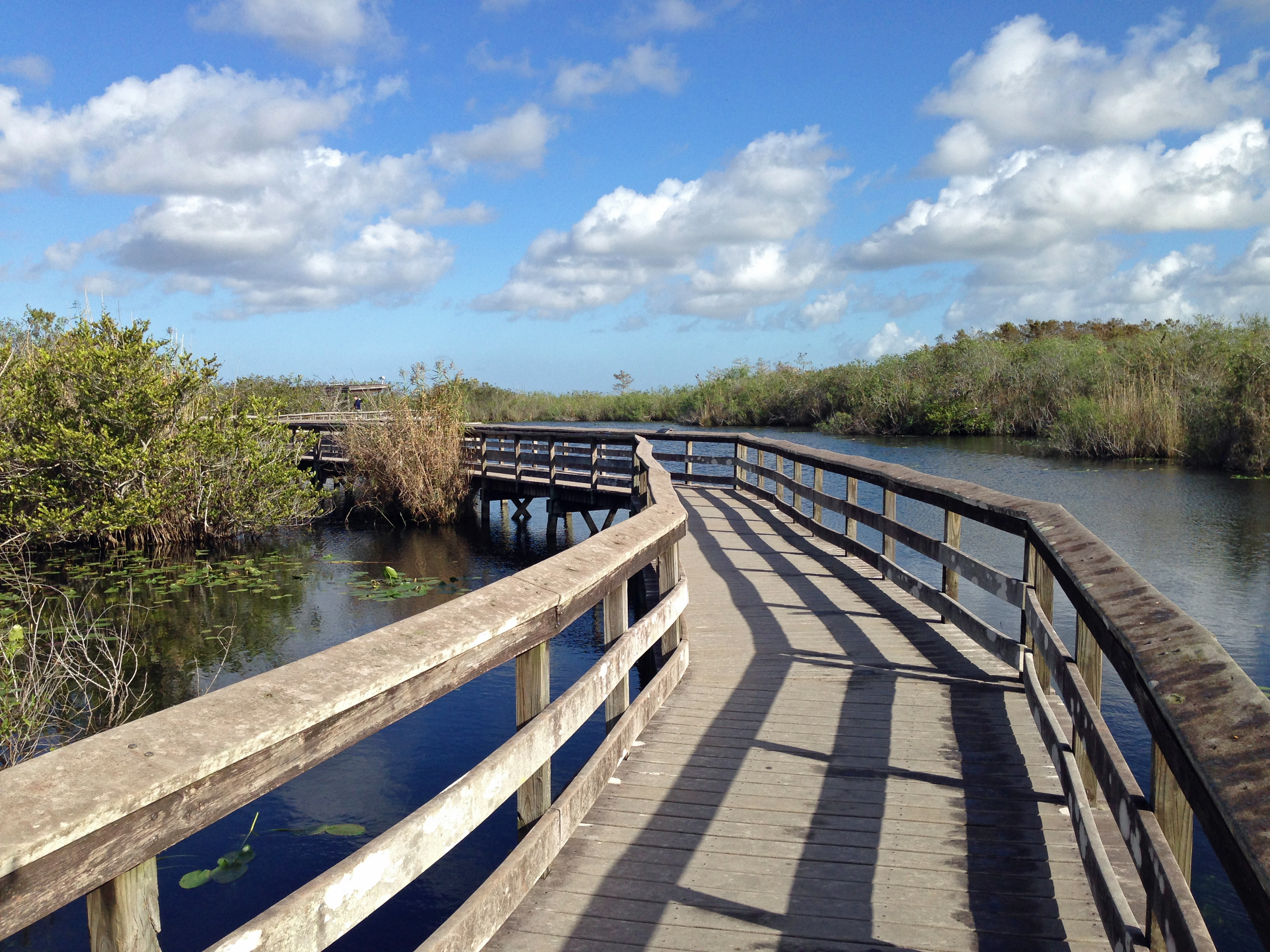
The 0.8-mile pathway along the Anhinga Trail within Everglades National Park offers elevated boardwalks that wind over shallow, freshwater environments, making it perfect for viewing alligators just inches below while remaining safe. This boardwalk is accessible for strollers and wheelchairs, and serves as almost a guaranteed spot to see alligators. The location attracts dozens of visitors daily who come specifically for the alligator viewing opportunities.
Scientists have discovered that alligators show high site fidelity in estuarine environments, with some remaining relatively sedentary in preferred locations. This behavioral trait makes the Anhinga Trail particularly reliable for sightings, as resident alligators tend to return to the same basking and feeding areas repeatedly.
Corkscrew Swamp Sanctuary Boardwalk – Naples, Florida
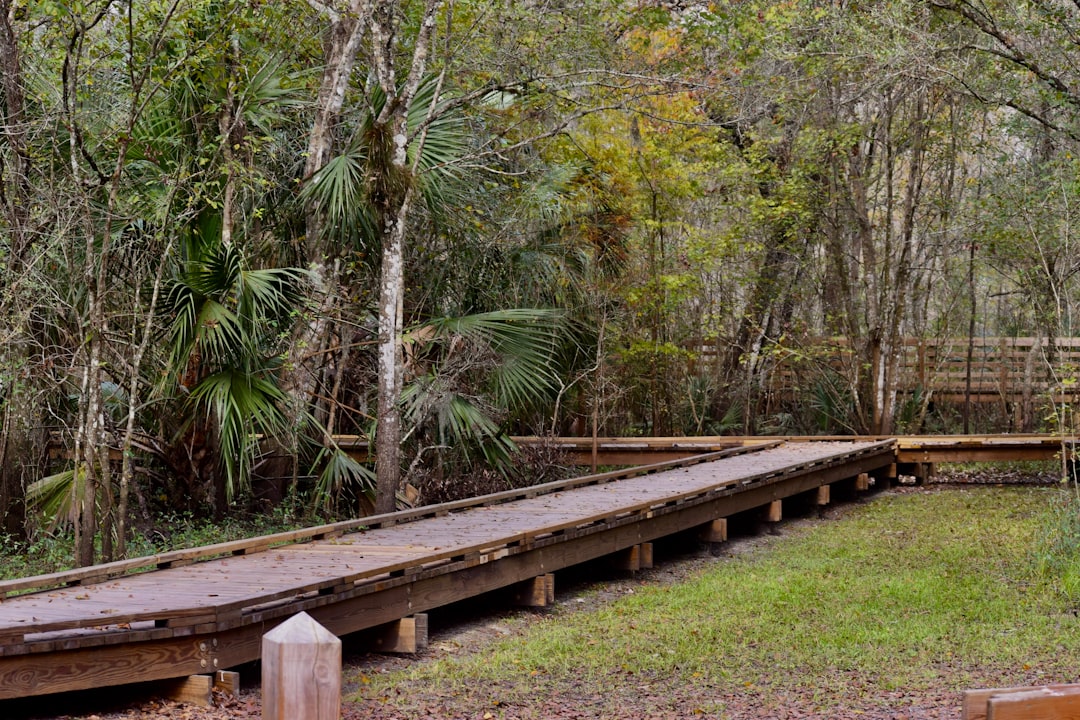
The Audubon’s Corkscrew Swamp Sanctuary features a 2.25-mile elevated boardwalk through pine flatwoods leading to wet prairie, around a marsh, and into the world’s largest remaining virgin bald cypress forest, where visitors should keep their eyes peeled for alligators, especially moms and babies. This 2.25 mile long boardwalk offers your best shot at seeing alligators in the wild as you meander through different ecosystems.
Research shows that growling behavior is hypothesized to be used for multiple social purposes and may occur in conjunction with other social behaviors, with females using growling as a response to courtship attempts or aggression. Visitors to Corkscrew often hear these vocalizations echoing through the cypress canopy, providing an audio component to their viewing experience.
Myakka River State Park Boardwalk – Sarasota County, Florida
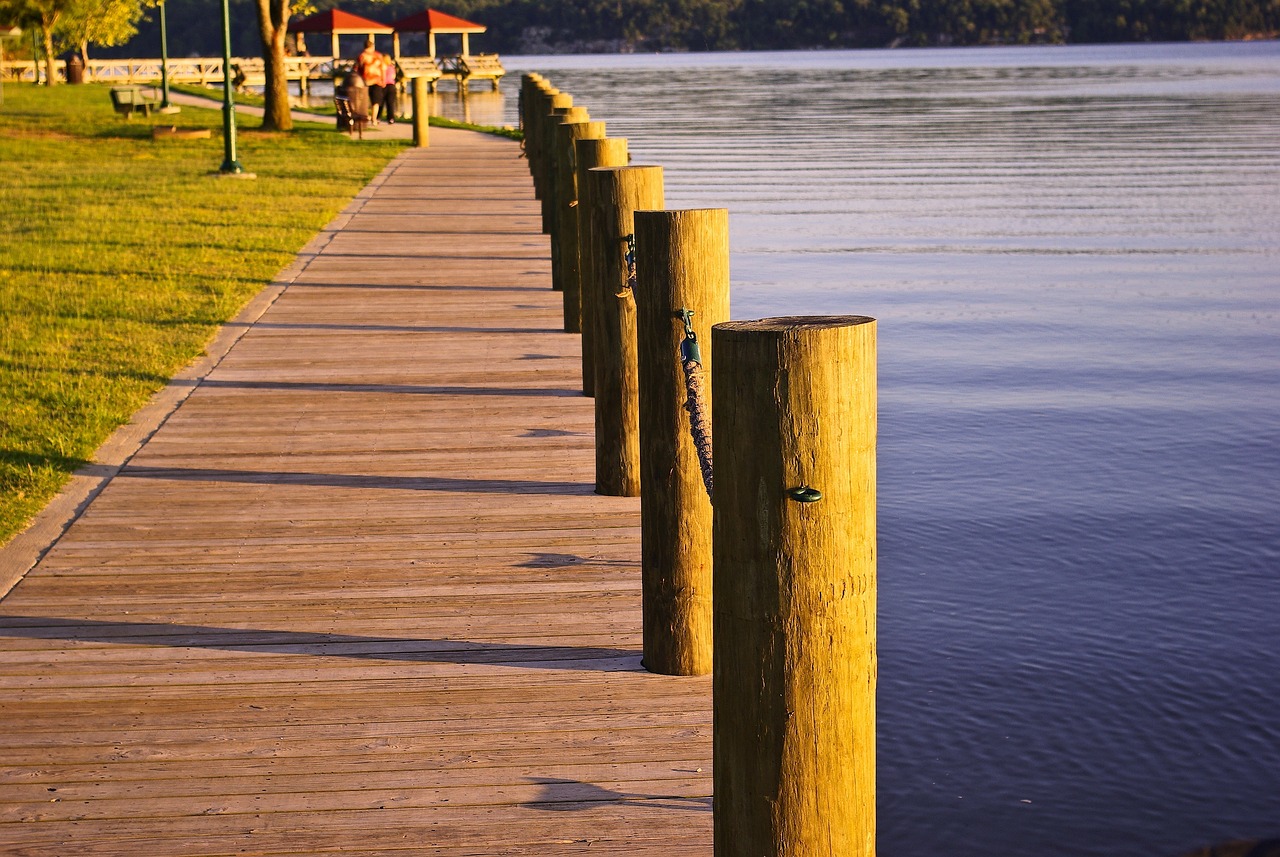
Myakka River State Park in Sarasota County is a grand spot for alligator watching, with plenty of gators in the river running through 57 square miles, and adventurous visitors can take the five-mile round trip hike to Deep Hole, a sinkhole that attracts dozens of gators. It wouldn’t be unusual to see 100 to 120 gators on the banks during optimal viewing conditions.
Scientific studies reveal that alligators forage most frequently at night and during early morning, performing thermoregulatory behaviors during late morning and daytime hours. This explains why Myakka’s afternoon boardwalk visitors often encounter basking alligators that appear motionless but are actually regulating their body temperature through solar heating.
Alligator Alley Environmental Education Center – Broward County, Florida
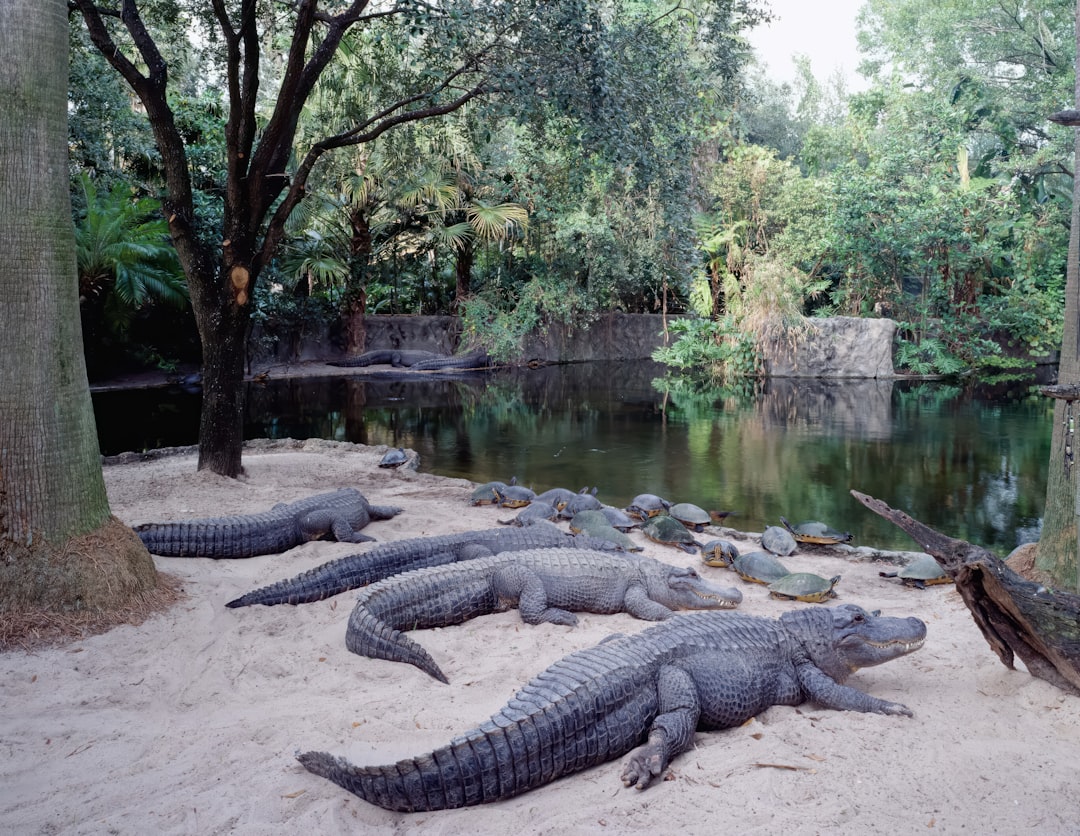
Located at Mile Marker 35 rest stop in Broward County, the proposed Alligator Alley Environmental Education Center concept would feature, featuring elevated boardwalks that allow visitors to walk above 3 acres of engineered wetlands while observing 13 aquatic species, including alligators. A 40-foot observation tower offers panoramic views, along with other highlights including educational displays and native plantings.
The center demonstrates how American alligators modify wetland habitats by constructing small ponds known as alligator holes, behavior that has qualified them to be considered a keystone species. Visitors can observe this ecosystem engineering in action from the safety of the elevated platforms.
Hillsborough River State Park Boardwalk – Tampa, Florida
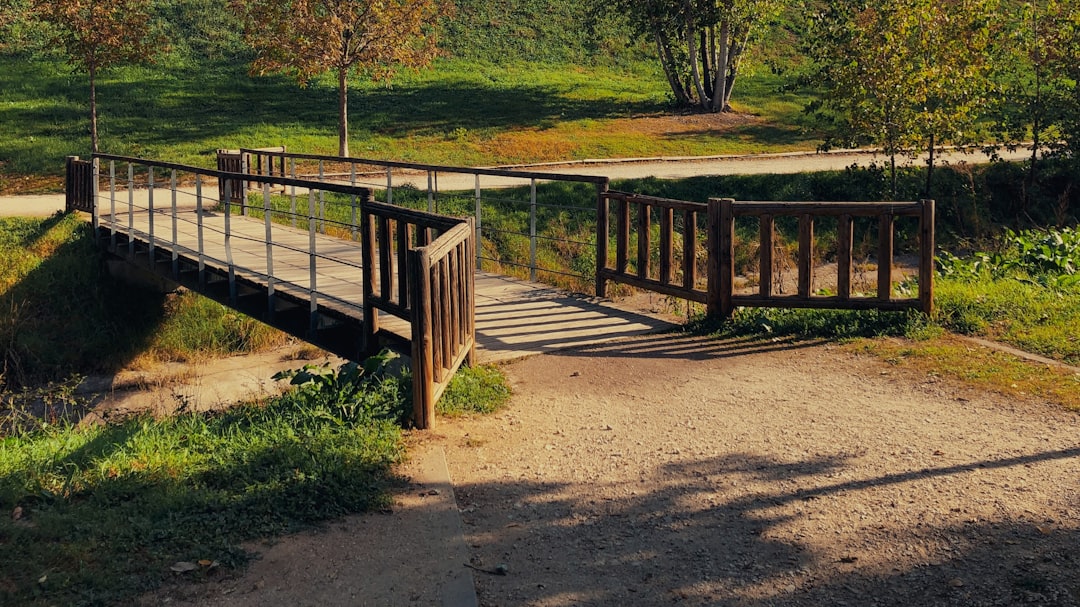
Hillsborough River State Park provides natural respite close to Tampa, where visitors can ride bikes on paths or walk over boardwalks and are sure to see a few gators, especially if they paddle the river in canoe or kayak. The park’s boardwalk system extends over marshy areas where alligators frequently congregate during feeding times.
Behavioral research indicates that fish and other aquatic prey taken in water or at the water’s edge form the major part of American alligator diets and may be eaten at any time, while adults also spend considerable time hunting on land up to 160 feet from water. Hillsborough’s boardwalks strategically position viewers at this crucial water-land interface where hunting behaviors are most visible.
Jean Lafitte National Historical Park Boardwalk – Louisiana
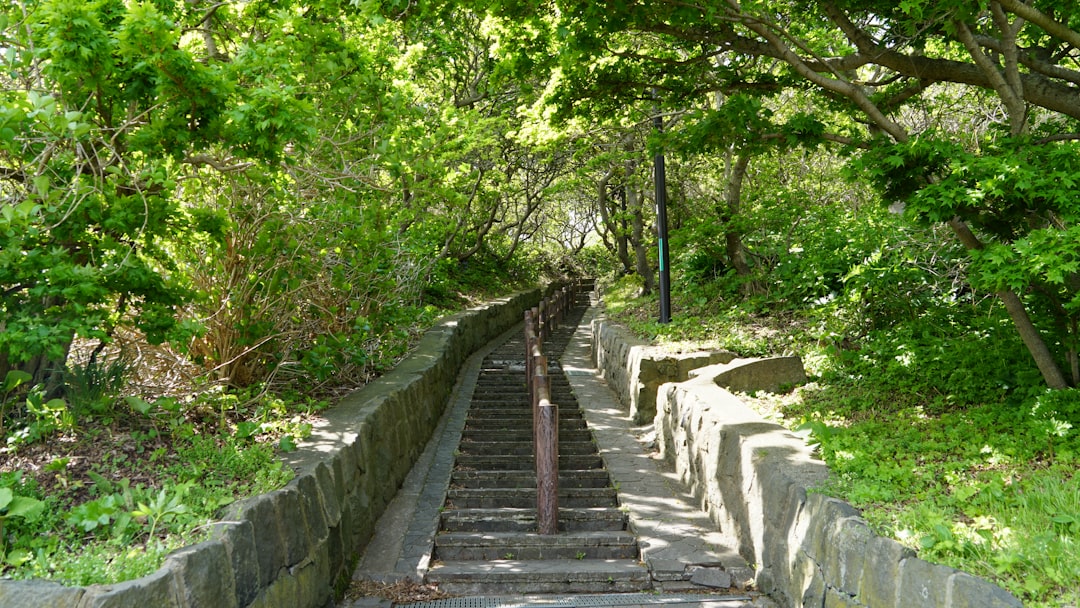
Just outside New Orleans, Jean Lafitte offers a pristine alligator habitat right on the edge of a major city, with preserve boardwalks winding through cypress-tupelo swamps where alligators have carved out a successful existence despite their urban neighbors. The elevated boardwalks offer safe viewing opportunities, making it possible to watch these prehistoric predators going about their daily routines.
Studies show that alligators in residential communities occupy much less space than alligators living in wildlife management areas, with median activity ranges for males in residential areas being 1.11 square kilometers compared to 15.24 kilometers in wilderness areas during mating season. This compressed territory behavior makes Jean Lafitte’s urban-edge alligators more predictably located for boardwalk viewers.
Lake Waccamaw State Park Boardwalk – North Carolina
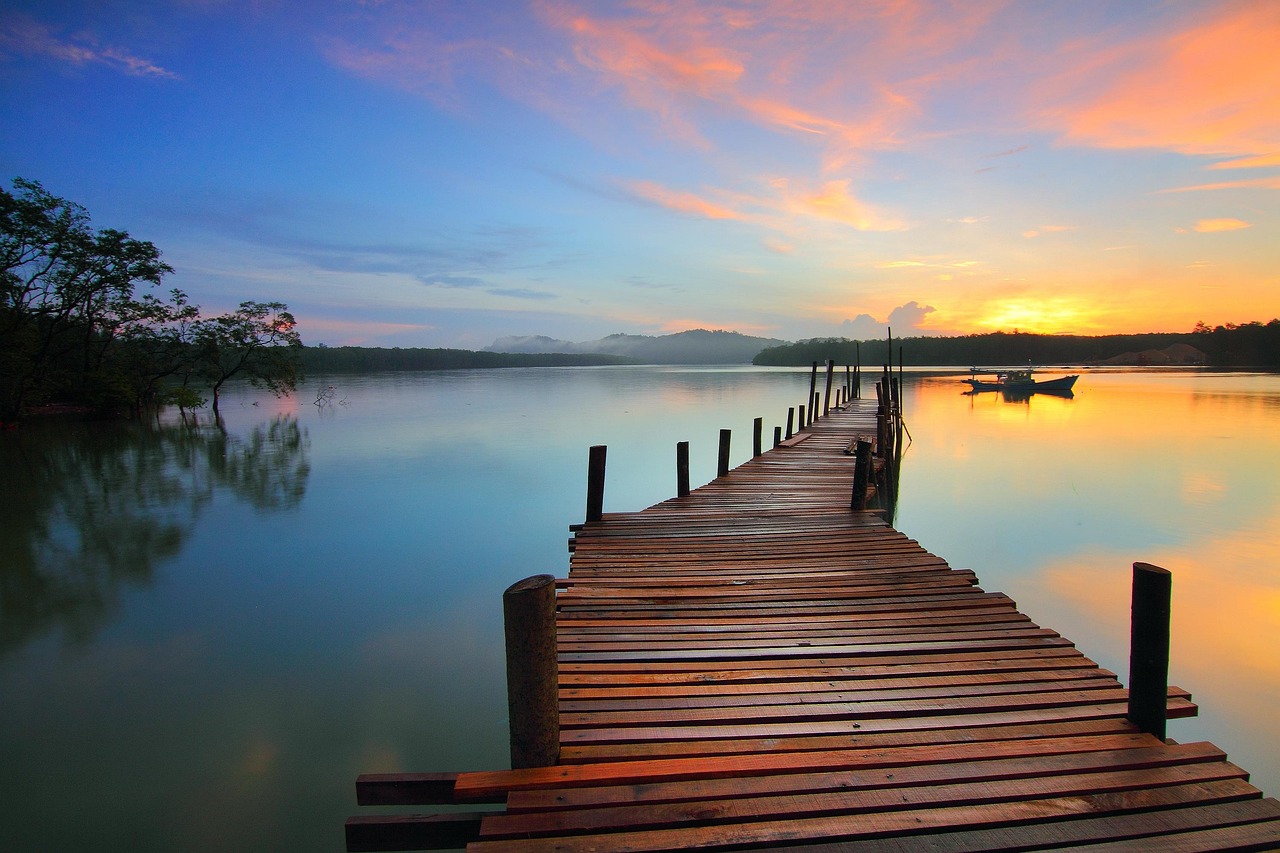
Lake Waccamaw State Park features the unique Carolina Bay ecosystem, with its namesake lake being the largest of the Carolina Bays and providing excellent alligator habitat, while the state park provides various viewing points such as boardwalks and trails along the shoreline. Early mornings or late afternoons offer the best chances to spot these creatures during the ‘golden hours’ for wildlife viewing.
Research reveals that North Carolina represents the northernmost limit of the alligator’s range, with alligators primarily in marshy coastal plains and southeastern areas due to their need for warm climates, especially in winter. The Carolina Bay ecosystem provides the thermal refugia necessary for these cold-sensitive reptiles to survive at their range limit.
Old Santee Canal Park Boardwalk – South Carolina
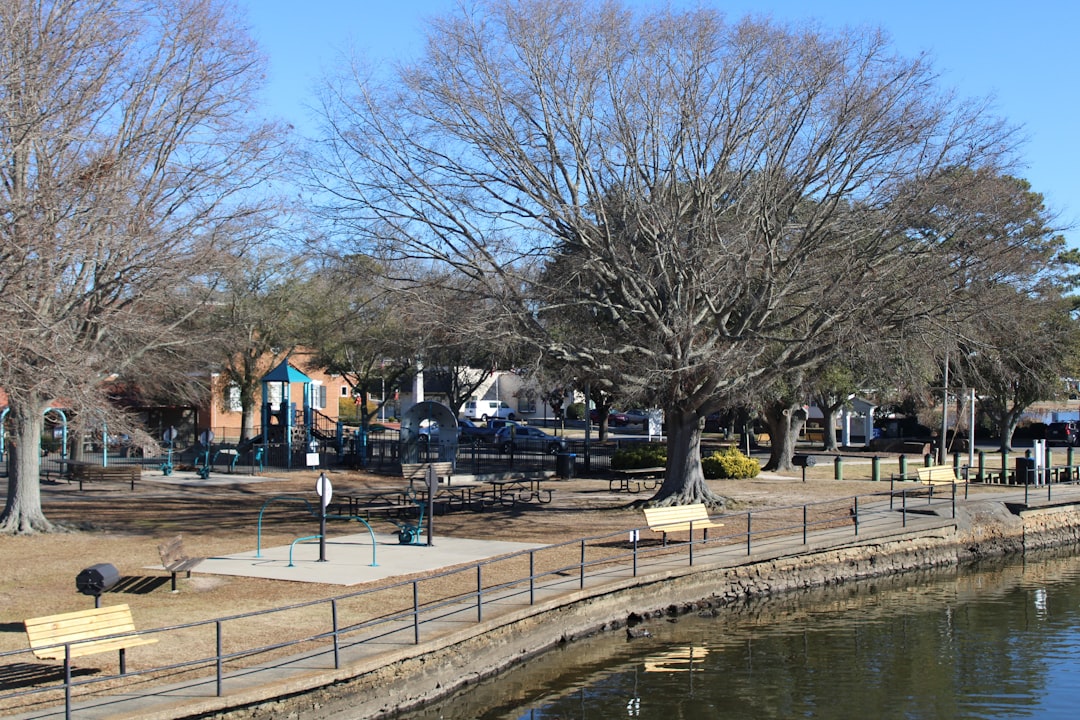
Along with gators in the wild, visitors may find a baby gator on display in Old Santee Canal Park’s Interpretive Center, while the 2 miles of boardwalks meander through the backwaters of Biggin Creek and its surrounding swamp in this 195-acre park guarantee gator sightings. The extensive boardwalk network provides multiple viewing angles and opportunities throughout the day.
Scientific observations indicate that alligators are social animals and often form groups called basks or congregations, typically made up of smaller alligators in areas with abundant food and water. The backwater environments at Old Santee create ideal conditions for these social gatherings, which boardwalk visitors can observe safely from above.
Huntington Beach State Park Boardwalk – South Carolina
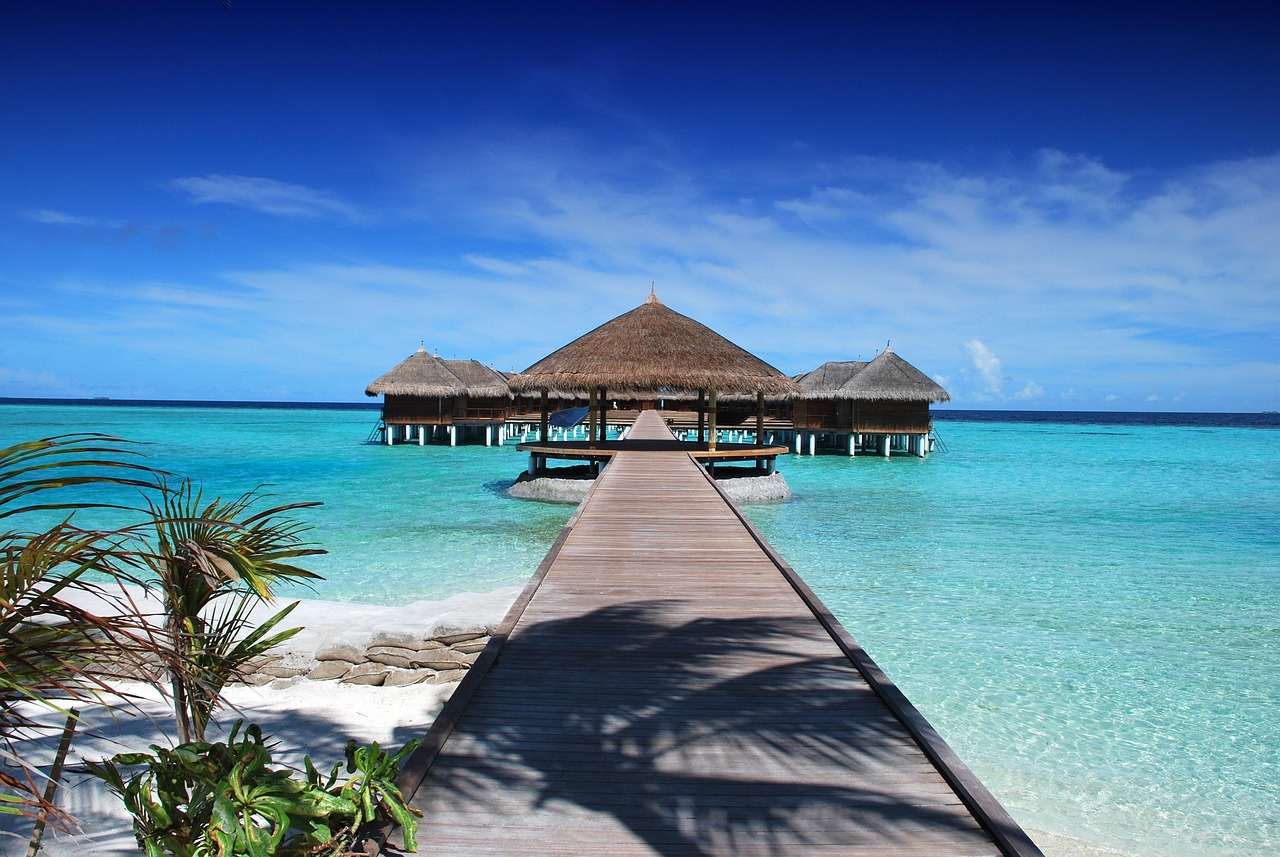
Huntington Beach State Park offers visitors the opportunity to view alligators in their natural setting, with guided one-hour walks providing fascinating facts about these cold-blooded creatures while visitors see them feeding, sunning, or cruising through the water in Mullet Pond. The park’s boardwalk extends over the freshwater lagoon that runs through the coastal preserve.
Temperature regulation studies show that alligators are cold-blooded and rely on the sun to regulate their body temperature, basking in sun to warm up when cold and seeking shade or cool water when too hot. Huntington Beach’s lagoon system provides the perfect thermal gradient that boardwalk observers can watch alligators navigate throughout the day.
Alligator River National Wildlife Refuge Boardwalk – North Carolina
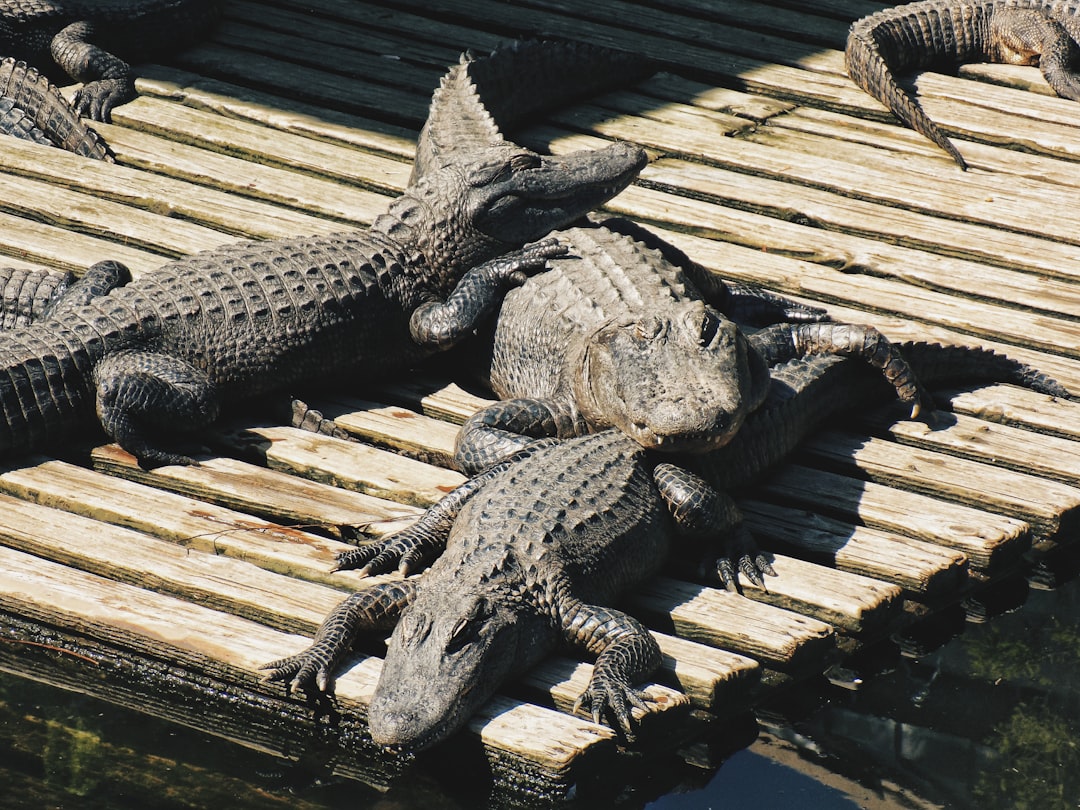
The Creef Cut Wildlife Trail features a half-mile well-paved trail leading to a long 250-foot boardwalk overlooking a freshwater marsh, making it ideal for birders and wildlife watchers who can expect to spot waterfowl and occasional wildlife. The refuge is home to American alligators, representing one of the northernmost homes for alligators, though they are rarely seen and visitors may occasionally catch a glimpse burrowed beneath the surface of brackish waters.
Habitat research demonstrates that this area contains unique “pocosin” wetland environments with poorly drained soils incredibly high in organic material, creating deep peat deposits that retain large quantities of water. These specialized wetlands support alligator populations at the extreme northern edge of their range, making sightings particularly significant for wildlife enthusiasts.
Phinizy Swamp Nature Park Boardwalk – Georgia
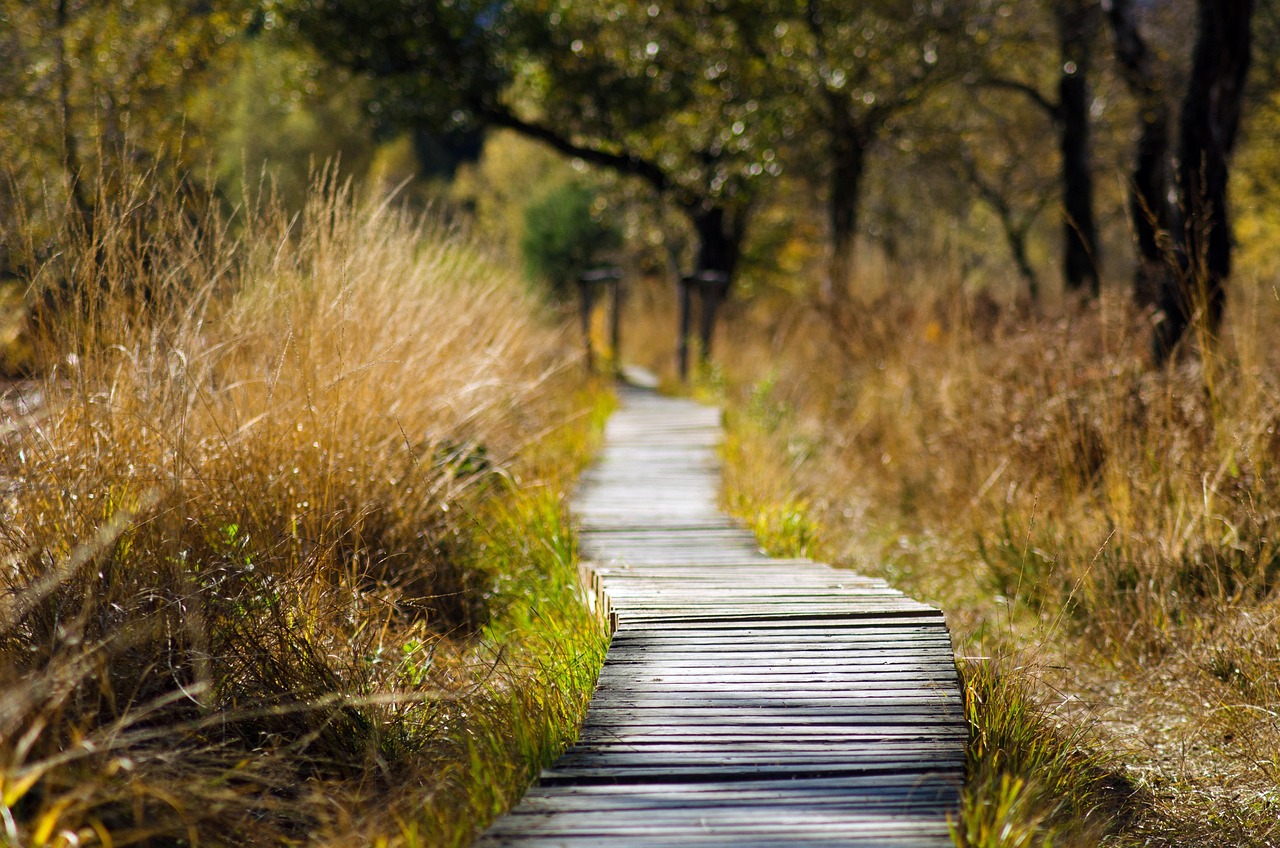
Located minutes from downtown Augusta, Phinizy offers over 14 miles of trails meandering through wetlands and woodland, with well-maintained trails, boardwalks, and observation platforms making it an excellent place for alligator watching. The park provides free admission and easy accessibility for visitors of all ages and mobility levels.
Alligator movement studies indicate that movement rates are attributed to environmental factors, with salinity being one factor that could influence alligator movements. Phinizy’s freshwater swamp environment eliminates salinity stress, allowing alligators to establish predictable territories that boardwalk visitors can reliably observe over multiple visits.
Gator Alley Boardwalk – Daphne, Alabama
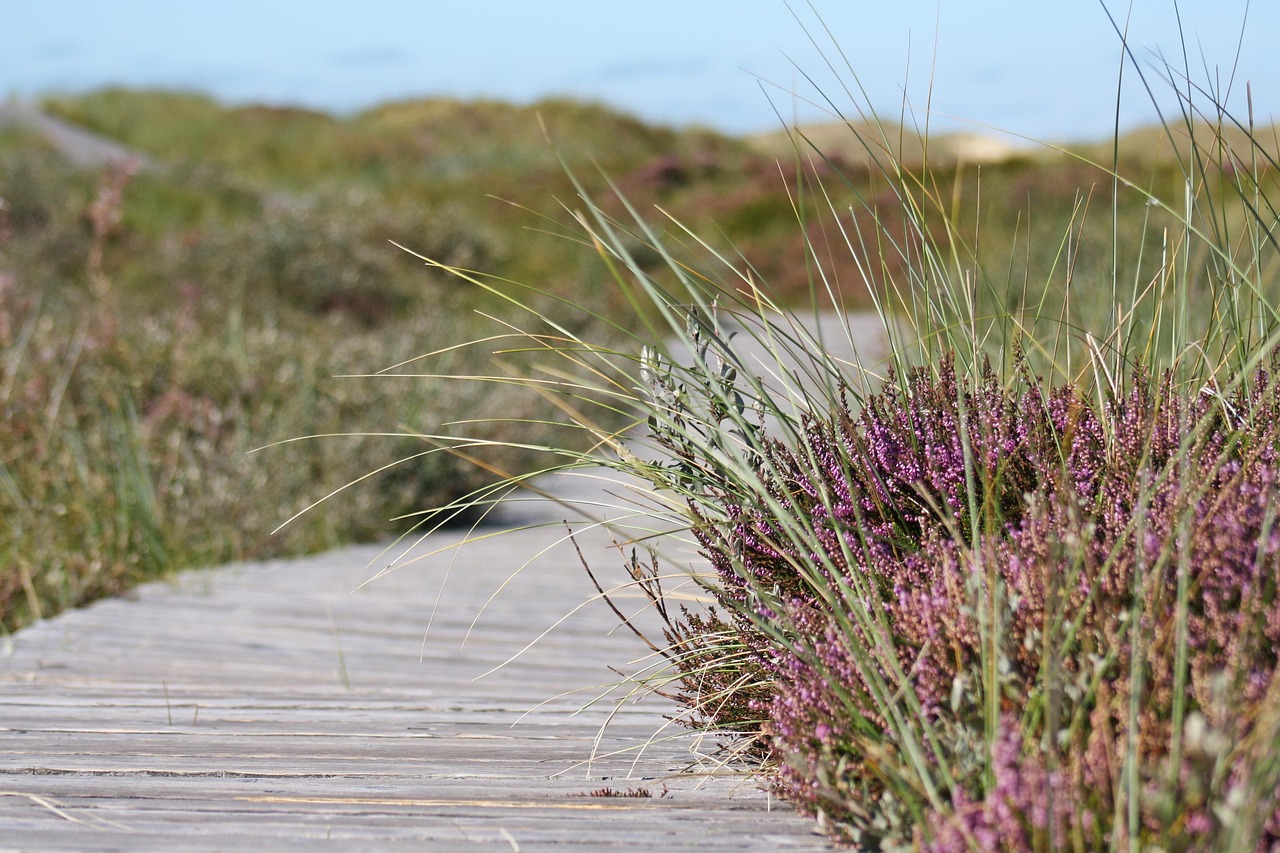
The Gator Alley Boardwalk offers plenty of opportunities to see alligators safely, with visitors spotting alligators along with lots of birds, herons, cormorants, and egrets. The location features lots of trails that can accommodate walks as long or short as visitors want, with lots of parking at the main lot and places to park along the way.
Research on cooperative behaviors reveals that American alligators engage in what appears to be cooperative hunting, with observations of pushing and catching alligators taking turns in each position. Alabama’s coastal wetlands provide the shallow water conditions where these complex social hunting behaviors are most likely to occur, offering boardwalk observers a chance to witness rarely documented cooperative strategies.
Conclusion
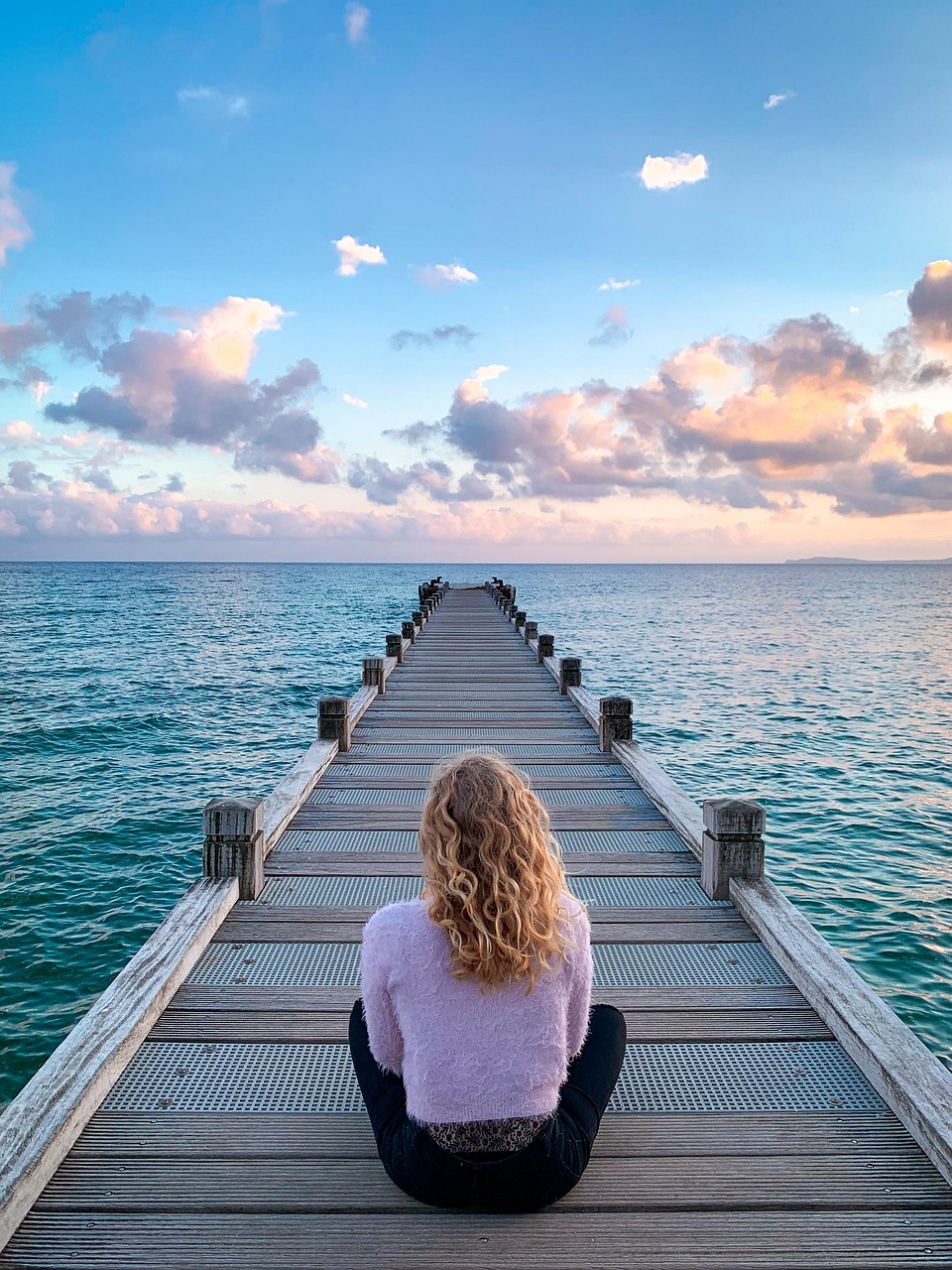
The United States offers remarkable opportunities to observe alligators safely through strategically designed boardwalk systems that protect both wildlife and visitors. These elevated viewing platforms represent decades of conservation success, transforming once-endangered species into thriving populations that can be studied and appreciated by millions annually. From Florida’s vast Everglades to North Carolina’s northern range limits, each boardwalk location provides unique insights into alligator behavior, ecology, and habitat requirements.
The science behind these viewing experiences continues to evolve as researchers discover new aspects of alligator social behavior, thermal regulation, and ecosystem roles. Understanding that these ancient predators are far more complex than popular media suggests enhances every boardwalk encounter, turning simple wildlife viewing into educational adventures that foster respect and conservation awareness.
What surprised you most about these scientific insights into alligator behavior? Share your own boardwalk experiences and observations in the comments below.

